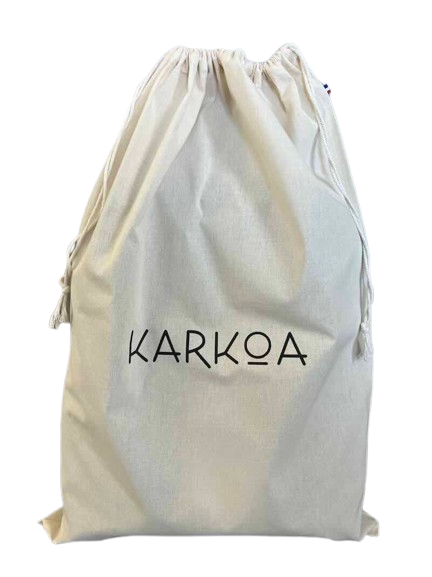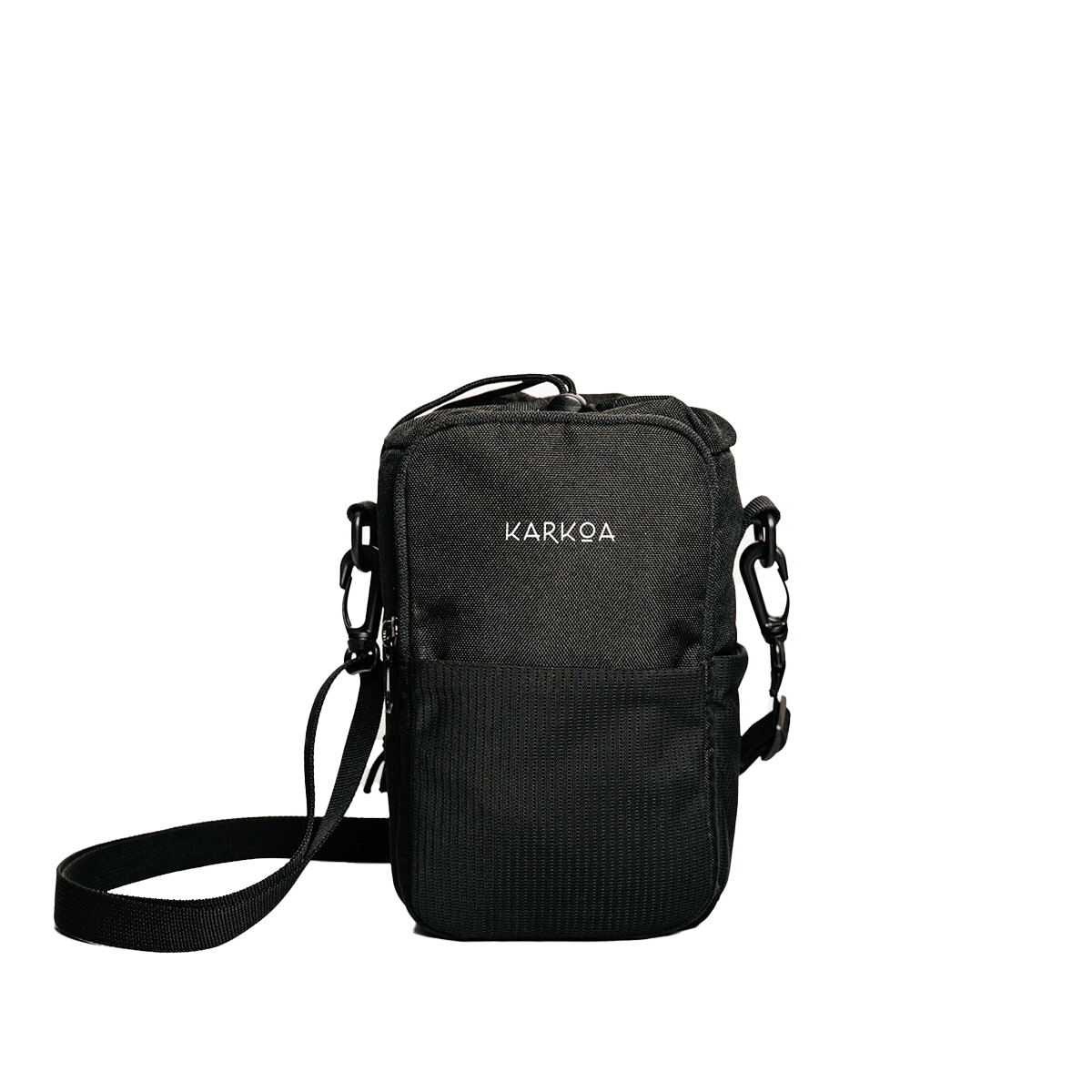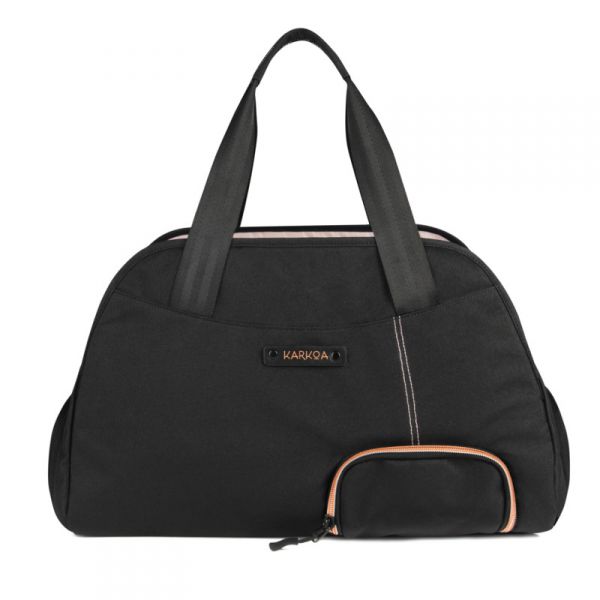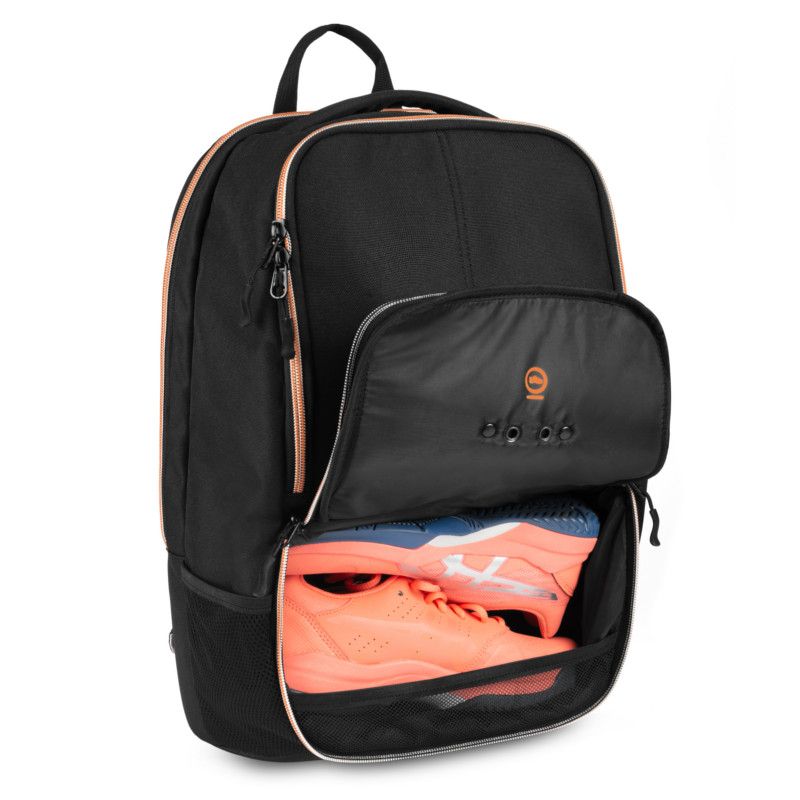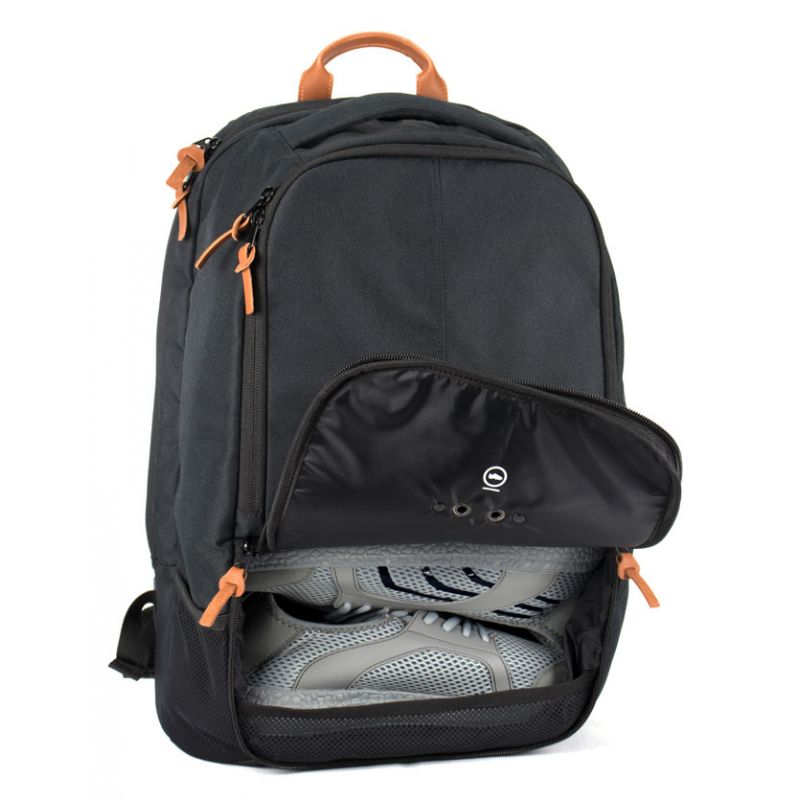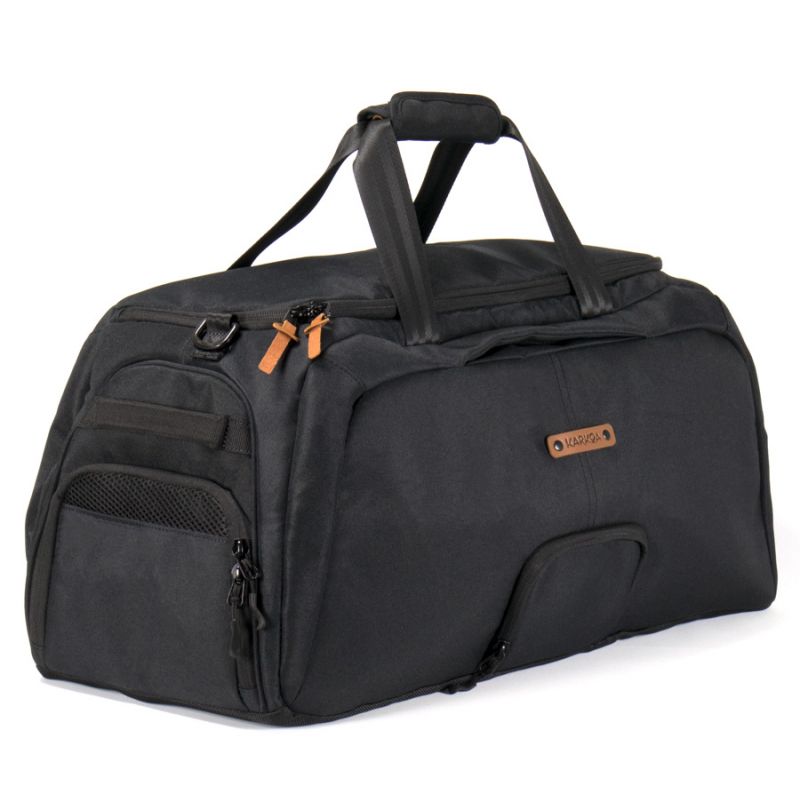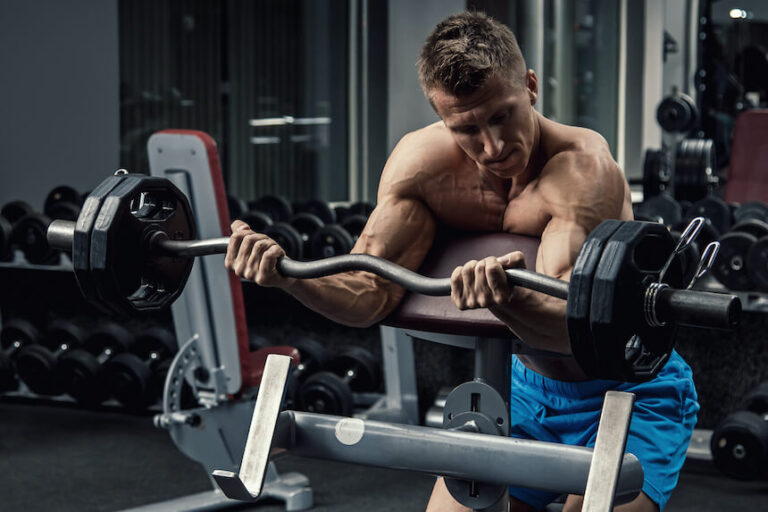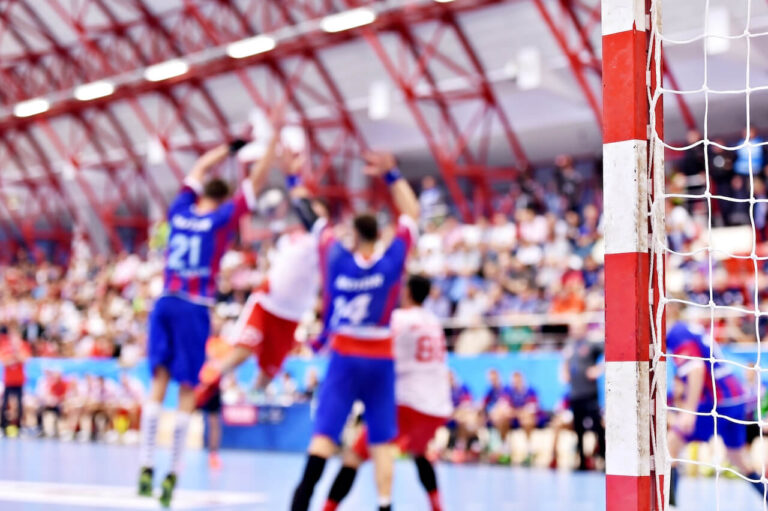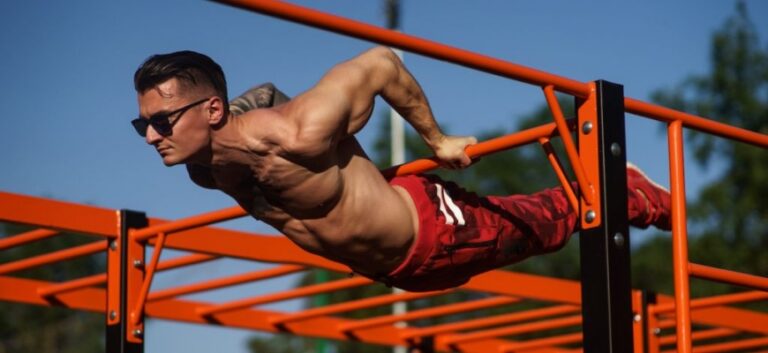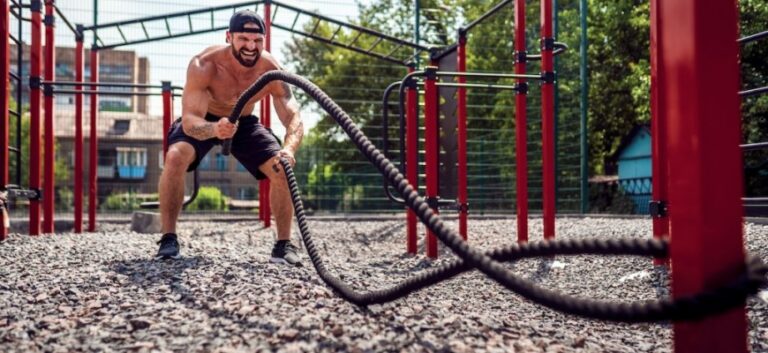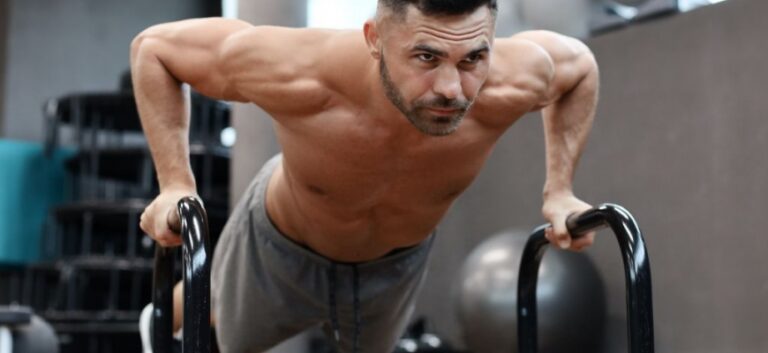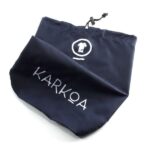Squats are a fundamental exercise in bodybuilding and CrossFit. You may be wondering which to choose between the front squat and the back squat to optimize your workouts.
Both types of squat have their specific advantages, but the choice depends on your personal goals and body type. The front squat puts more strain on the quadriceps and upper back, while the back squat focuses on the glutes and hamstrings.
As an experienced CrossFit coach, I recommend incorporating both variations into your routine. Imagine yourself performing a front squat with the bar resting on your shoulders: you’ll immediately feel the difference in your posture and the engagement of your abdominal muscles. Then try a classic back squat and observe how your legs work differently.
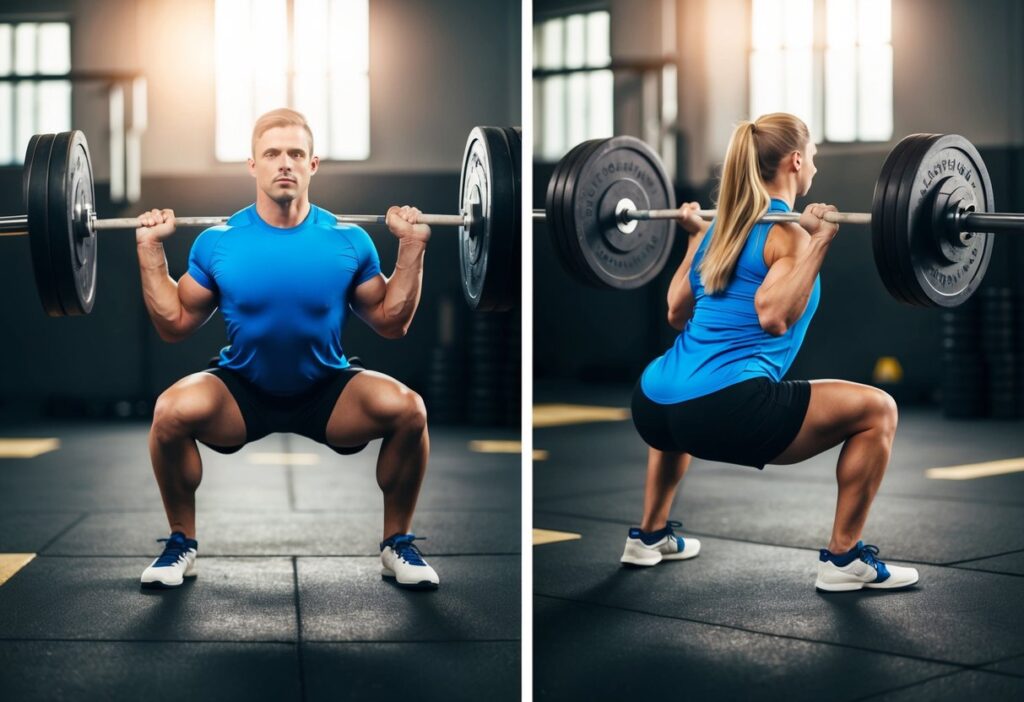
Squat basics
The squat is a fundamental exercise that calls on many muscles and joints. Mastering it is essential to progress safely and optimize your results.
Squat anatomy and biomechanics
The squat mainly mobilizes your quadriceps, hamstrings and glutes. Your core muscles, notably the abdominals and lumbar, are also put to work to stabilize your spine.
As you descend, your hips and knees flex and your ankles dorsiflex. This eccentric phase stores elastic energy in your muscles and tendons.
On the ascent, you use this stored energy to propel yourself upwards. Your quadriceps extend your knees, your glutes and hamstrings extend your hips, while your calves stabilize your ankles.
The correct squat technique
To perform a squat with optimal form, start by spreading your feet shoulder-width apart. Keep your gaze straight ahead and engage your abdominal muscles.
Initiate the movement by pushing your hips back, as if you were trying to sit up. Then bend your knees, keeping them in line with your toes. Lower until your thighs are parallel to the floor, or even lower if your mobility permits.
Push up through your heels, keeping your chest high and your back straight. Exhale as you come up, squeezing your glutes at the top of the movement. Remember to maintain a natural arch in your lower back throughout the exercise.
The benefits of Front Squat
The Front Squat offers numerous benefits for your training and your physique. This variation on the classic squat deserves your full attention.
Improved posture and mobility
The Front Squat forces you to maintain a more upright posture. Your shoulders and back remain aligned, strengthening your overall posture. This exercise also increases mobility in the ankles, hips and shoulders.
Imagine yourself performing a Front Squat: your rib cage is open, your elbows are high, and your spine is straight. This position helps you develop greater body awareness.
With regular practice, you’ll notice an improvement in your flexibility. Your movements will become more fluid, whether in training or in everyday life.
Core and quad activation
The Front Squat intensely trains your abdominal muscles and quadriceps. Your abdominal muscles work hard to keep your trunk stable throughout the movement.
Your quadriceps are put to the test to control the descent and propel the ascent. This intense muscular engagement promotes the development of powerful, well-defined legs.
During your sessions, you’ll feel a characteristic burn in your thighs. This is a sign that your quadriceps are working efficiently. Your abdominal sheathing will also be put to the test, strengthening your core.
The benefits of the Back Squat
The back squat is a fundamental exercise that offers numerous training benefits. It effectively strengthens your posterior chain and optimizes the development of your muscle mass and power.
Strengthening the posterior chain
The back squat particularly targets the muscles of the back, glutes and hamstrings. By placing the bar on your trapezius, you naturally engage these muscle groups.
This exercise helps you develop a straighter posture and reduce the risk of lower back injuries. For example, if you practice other sports such as running, a strong back will enable you to maintain better technique over longer distances.
You’ll also notice an improvement in your overall stability, which is beneficial for other CrossFit movements like pull-ups or deadlifts.
Optimizing muscle mass and power
The back squat is excellent for stimulating muscle growth, particularly in the lower body. It involves large muscle groups such as the quadriceps, glutes and calves.
As a compound movement, it promotes the release of anabolic hormones such as testosterone and growth hormone. This helps increase your overall muscle mass, even in the upper body.
To develop your power, incorporate explosive back squats into your routine. For example, try 5 sets of 3 repetitions at 80% of your maximum, concentrating on the speed of the ascent.
Considerations for sports performance
The choice between front and back squats depends on your specific objectives and the type of training you do. Both variations offer unique advantages for improving your athletic performance.
Choose according to your fitness goals
For CrossFit, the front squat is often preferred as it improves mobility and prepares for weightlifting movements. If you’re aiming for powerlifting competitions, the back squat is more suitable, as it’s the one used in competition.
In Olympic weightlifting, mastering the front squat is crucial for the clean and jerk. For balanced development, alternate the two variations in your program.
Your objectives will determine the optimum choice: pure strength, explosiveness or a balance between the two.
Integration into training programs
Vary your sessions by including both types of squats. For example:
- Monday: Heavy back squat (5 sets of 3 repetitions)
- Wednesday: Technical front squat (4 sets of 5 repetitions)
- Friday: Volume back squat (3 sets of 8 repetitions)
Adjust loads and repetitions according to your level. For CrossFit, focus on the high-intensity front squat. In powerlifting, focus on the back squat with heavy loads.
Listen to your body and progress gradually to avoid injury.
Squat diversity and complementarity
The squat is a versatile exercise that offers many variations. You can adapt this technique to suit your goals and your level.
To build strength, the barbell back squat remains an effective classic. It particularly stimulates the quadriceps and back.
If you’re looking to improve your balance, try the Bulgarian squat. With one leg raised on a bench, you’ll work on stability and coordination.
The front squat is ideal for building muscle mass. It targets the quadriceps and abdominals.
Don’t hesitate to vary loads. Dumbbells and kettlebells enable more fluid movements, like the goblet squat.
Beginner? Start with the air squat, without weights. You’ll perfect your technique in complete safety.
Alternate front and back squats in your workouts. You’ll benefit from the specific advantages of each variation.
Also consider isometric squats. Keep the position low to strengthen your deep muscles and endurance.
In CrossFit, we often combine these different squats. This global approach optimizes your progress and prevents monotony.
And if you’re looking for a crossfit spot bag, check out the Karkoa bags!
